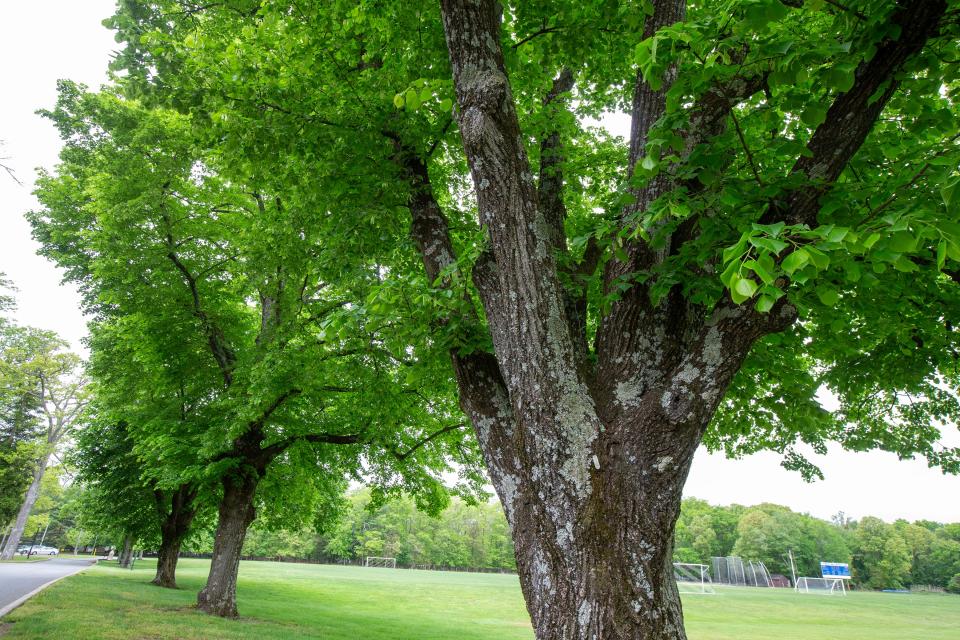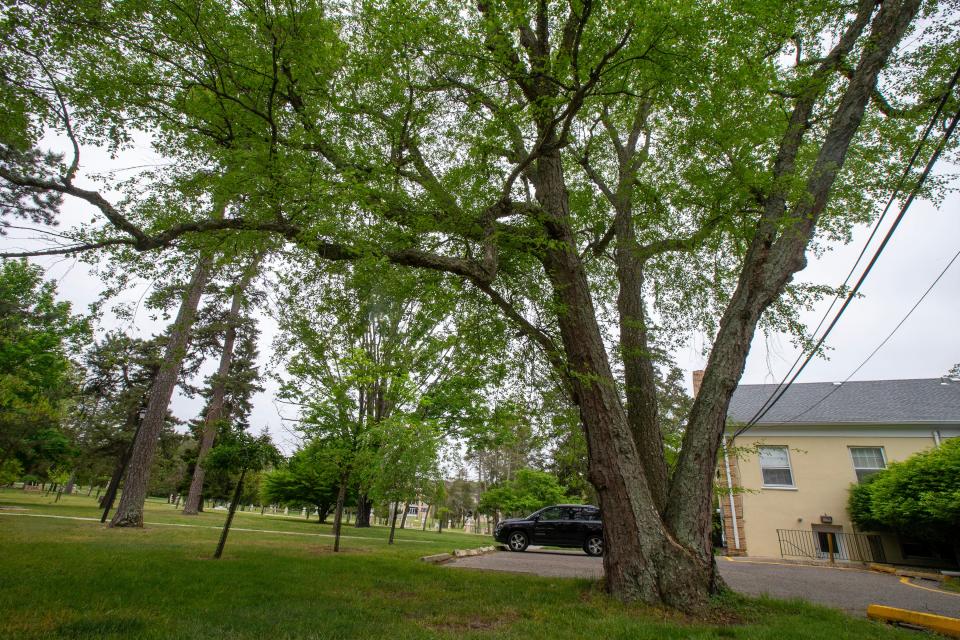Think you've got a big tree? Get recognition for the biggest, best trees in NJ
New Jersey’s Department of Environmental Protection wants to find the next biggest tree in the state. It hosted its kick off Big Tree Hunt on May 4 in Jackson and will award the top three trees nominated through June 4.
While big trees can be nominated year-round, the hunt is “intended to increase awareness of the benefits of New Jersey’s big trees,” according to the Department of Environmental Protection spokesman Vincent Grassi.
This year, the first-place winner of the Big Tree Hunt will receive a measuring wheel, the second-place winner will receive a 300-foot measuring tape and the third-place winner will receive a “big and heritage tree” backpack, according to Grassi. Each year the Department of Environmental Protection’s Forest Service receives about 25 to 200 tree nominations. Many of New Jersey’s big trees have been found in residents’ backyards.
The Big Tree Conservation Program began in the 1930s, according the Department of Environmental Protection website.

Stop this plant-killing pest: How to identify and kill spotted lanternflies
According to Grassi, “big tree determinations vary by tree species and are considered relative to size potential and previously registered trees of each species.”
Those that are accepted as big trees end up on the state’s Big Tree Map and Registry, an interactive map that indicates the size and species of the trees, according to Grassi.
Trees are ranked by points using a formula combining the tree’s height, circumference and average crown. Videos explaining how to measure trees for nomination can be found on its website along with nomination forms.
Trees are divided into national champion, champion, co-champion, heritage champion and heritage. According to Grassi, there are multiple status categories because the Department of Environmental Protection considers trees relative to their species.
National Champion Trees are trees considered the biggest tree of its species in the US. Champion Trees are the biggest tree of its species in the state. Co-champion trees are trees within 10 points of the state champion. Heritage champion trees are the largest tree of its species that also has a historic significance. And heritage trees are any trees with a historic significance, many of whom have been around for hundreds of years.

NJ wildfire season is back: Here's how to protect your home
The Department of Environmental Protection also maps signature trees or “any runner-up big tree that has good aesthetics, nice form and special characteristics,” trail trees or trees with “ancient trail markers created by Native Americans hundreds of years ago,” and emeritus trees or “big trees that were lost but not forgotten,” according to Grassi.
Trail tree markers “designate trails, direction, crossing points in streams, sites to find medicinal plants and areas of significance such as burial grounds and council circles,” according to Grassi. Many trail trees are bent into an L shape using leather to make the trees face a direction, according to the Department of Environmental Protection.
While there are no special protections given to trees on the registry, the trees nominated have environmental and historical value. According to the Department of Environmental Protection website, “mega tree resources (are) providing up to 600 times the environmental benefits of typical trees.”
They include removing pollution from the air, combating climate change by removing carbon dioxide, lower electric costs up to 50% by providing shade, preventing water runoff and pollution, preventing flooding, filtering ground water, slow water evaporation, providing wildlife habitats, increasing property values by as much as 15%, create natural sound barriers and increase traffic businesses, among other benefits according to the Department of Environmental Protection website.
Think you've got a big tree?
Visit nj.gov/dep/parksandforests/bigtreehunt to learn more and to submit your tree.
Olivia Liu is a reporter covering transportation, Red Bank and western Monmouth County. She can be reached at oliu@gannett.com.
This article originally appeared on Asbury Park Press: New Jersey looking to honor best big trees in the state; submit yours

